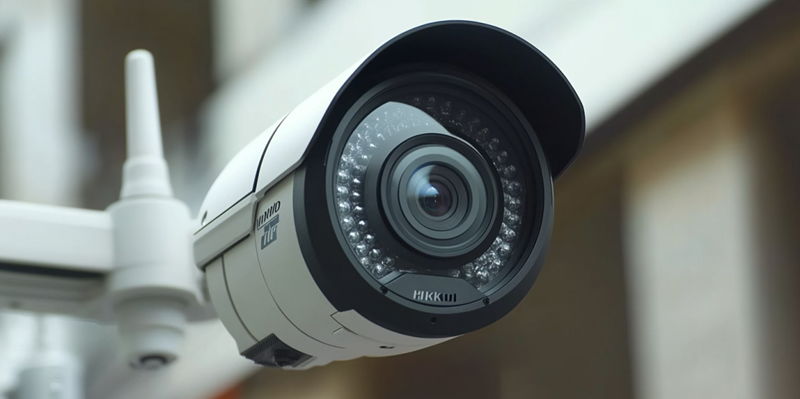A significant security vulnerability has been identified in Hikvision network cameras, leading to potentially grave consequences for users and organizations relying on these devices. This flaw allows attackers to intercept Dynamic DNS (DDNS) credentials that are transmitted in plaintext, leaving various camera models exposed to unauthorized access. Specifically, the affected models include those with firmware versions predating recent updates, such as the DS-2CD1xxxG0, DS-2CD2xx1G0, DS-2CD3xx1G0, and IPC-xxxxH series. Unencrypted transmission of DDNS credentials creates a weak link that can be exploited through man-in-the-middle attacks, ultimately compromising camera video feeds and sensitive data.
Nature of the Vulnerability
Plaintext Transmission over HTTP
The crux of this security flaw lies in using unencrypted HTTP for DDNS services like DynDNS and NO-IP. By opting for HTTP instead of HTTPS, Hikvision cameras inadvertently allow DDNS credentials to be transmitted in plaintext. This vulnerability opens the door for attackers to perform man-in-the-middle attacks, wherein they can intercept and capture the unprotected DDNS credentials. Such an attack allows unauthorized manipulation and access to the camera’s video feeds, potentially leading to severe security breaches. The widespread deployment of Hikvision cameras in sensitive locations such as government buildings, corporate offices, and critical infrastructure amplifies the risk posed by this vulnerability.
Impact on Security
The implications of this vulnerability are far-reaching, given the extensive use of Hikvision cameras in various sectors. Over 80,000 cameras remain exposed online, distributed across more than 2,300 organizations in 100 countries. These include significant concentrations in China, the United States, and Vietnam, highlighting the global nature of the threat. Security researchers have noted an increased interest from both criminal actors and state-sponsored groups, particularly those on Russian cybercriminal forums, discussing potential exploitation methods. The presence of exposed DDNS credentials facilitates not only unauthorized access but may also lead to more significant network infiltrations if leveraged in conjunction with other vulnerabilities.
Mitigation Measures
Firmware Updates and HTTPS Implementation
In response to the identified vulnerability, Hikvision has released firmware updates aimed at addressing the issue. These updates enforce the use of HTTPS for DDNS services, significantly enhancing the security of credential transmission. Users of affected Hikvision cameras are strongly urged to update to the latest firmware versions immediately. By adopting HTTPS, the risk of man-in-the-middle attacks is substantially reduced, as credentials are encrypted and less prone to interception.
Additional Security Recommendations
Beyond updating the firmware, additional security measures are recommended to bolster the protection of Hikvision cameras. Implementing robust password policies can add a critical layer of defense, ensuring that even if credentials are intercepted, they are not easily exploited. Isolating camera networks using firewalls or VLANs can further mitigate risks by containing potential breaches and preventing lateral movement within networks. Regularly monitoring for unauthorized access attempts will help detect and respond to potential threats promptly, minimizing the impact of any intrusion.
Broader Implications and Action Steps
Risks of Device Compromise
The presence of exposed DDNS credentials, in combination with other known vulnerabilities, greatly increases the risk of complete device compromise. Unsecured devices can serve as entry points for attackers, potentially leading to comprehensive network infiltration. For organizations operating in sectors where data security is paramount, such as finance, healthcare, and government, the stakes are particularly high. The ability of attackers to gain unauthorized access to video feeds or manipulate camera settings could result in significant breaches of privacy and security, emphasizing the need for immediate action.
Organizations relying on these cameras should update their firmware to the latest versions to mitigate this risk and enhance the security of their surveillance systems. This proactive step is crucial in preventing unauthorized access and protecting valuable information from malicious actors.

